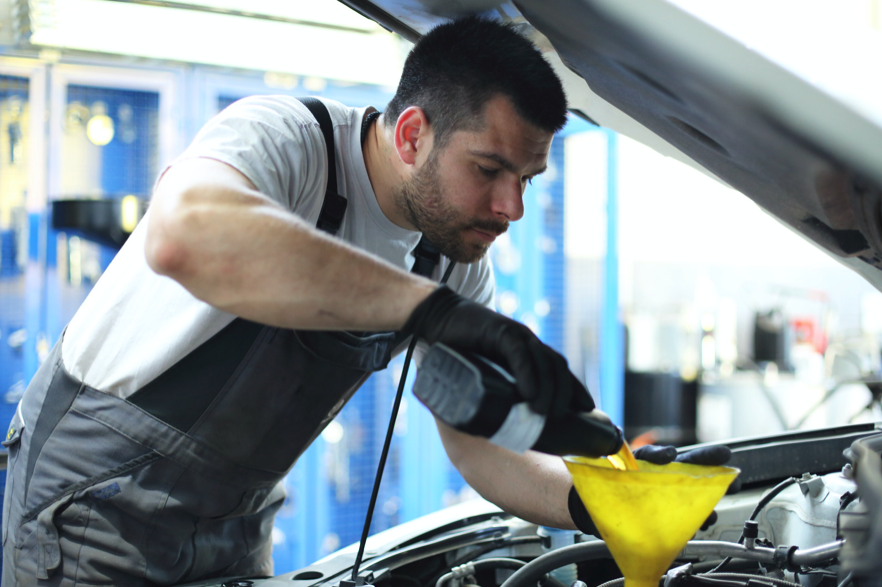Are you looking to keep your car maintained in between those trips to the mechanic? Not entirely sure what you should be doing to keep your car in the best possible condition?
Here are some DIY car maintenance tips that will help keep your car running smoothly.
1. Windshield Wipers
It is recommended that you replace your wiper blades every 6 to 12 months. Most people will tend to try and go longer than this. Doing this can put your windshield in danger of streaking.
If you’re going to change the wiper blades by yourself, it is best to follow your owner’s manual, as the exact process varies from each car model.
When removing the wiper blade, make sure you pay attention to how the old one connected – this will make the process easier when putting the new wiper blades in. Be sure to have a firm grip on the wiper arm when you’re replacing it, otherwise this may come loose and damage the screen.

2. Battery Maintenance
Can you see white powdery residue when looking at your car battery? This is a warning sign that your battery needs replacing.
However, there are steps you can take to prolong the life of your battery.
Simply remove the battery terminals, with the negative terminal first, followed by the positive terminal. Unbolt the remaining bracket. You can then clean the posts, rinse the cleaning fluid with water, dry the posts, and replace the battery terminus.
Make sure you disconnect the battery before starting any battery maintenance.
3. Radiator Flush
Does it feel like your radiator isn’t working as it should? You need to ensure your radiator and cooling system is cleaned in order to work properly. Fortunately, a radiator flush is an easy way to avoid any wear and tear.
Before undertaking the radiator flush, make sure to consult your owner’s manual.
To do this, you will need a radiator flush solution, coolat, a funnel and receptacle.
Make sure your car is completely cool before replacing the radiator.

4. Spark Plugs
This can seem like a daunting task, but it is actually quite an easy DIY task.
Make sure to carefully replace one plug at a time. You will find you either have four, six or eight plugs, depending on the type of car you have.
Remove one spark plug at a time; you need to maintain the order of the spark plugs, so avoid removing them all at once. Install the new spark plug and make sure it is tight enough. You can then re-attach the spark plug wire.
5. Oil and Oil Filter
Before changing the oil and oil filter yourself, make sure to check your car’s warranty. Some car’s will require this to be done by an authorised repairer with certain equipment.
If you are able to replace the oil yourself:
- Make sure the oil is not hot – let the engine cool before you start
- Jack up the car
- Locate the oil pan
- Unscrew the drain plug and drain the oil
- Replace the drain plug
- Remove the old oil filter
- Fill the new oil filter two-thirds of the way
- Screw in the new oil filter
- Fill the engine with new oil using a funnel
When you’re done, double check the oil level and discard the old oil filter.
Following simple DIY tips can help save you money and keep your car performing better for longer.
Need to book a mechanic appointment? Contact MDTM today to book an appointment.